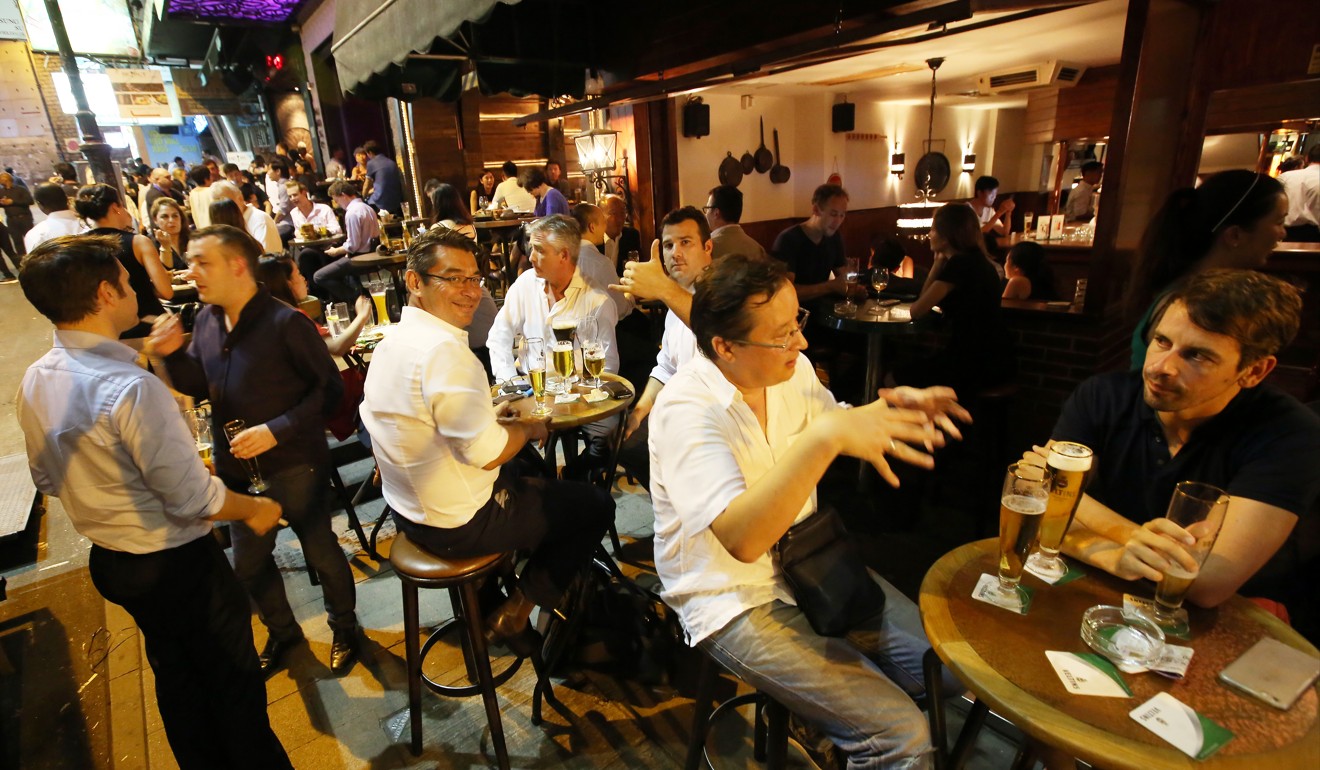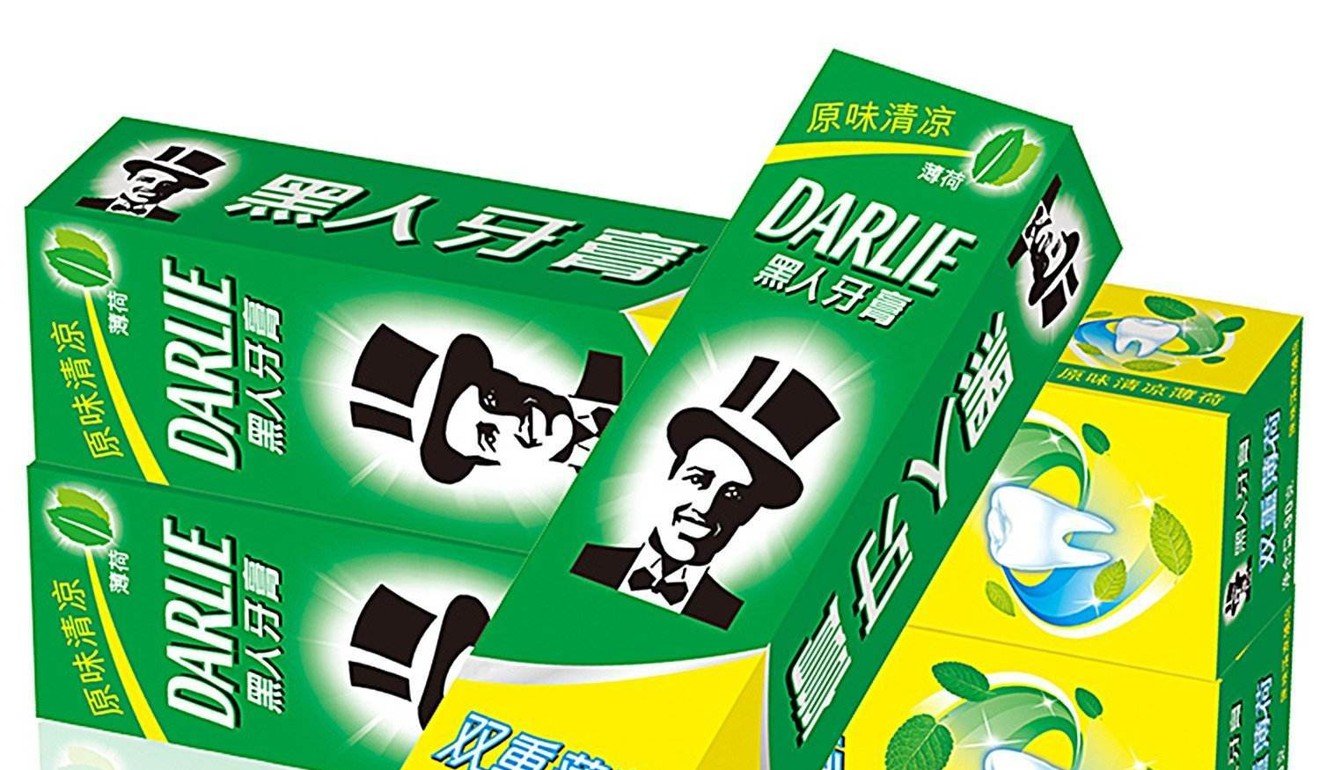Where do you stand in racist Hong Kong? Here’s something to chew over
Luisa Tam wonders how you’d react in a restaurant if those at the next table started to raise a ruckus. Would your reaction be different depending on their race?

Have you ever worried about being perceived as racist? Here is a litmus test to put your worries to rest (or confirm them).
How would you react if you were in a restaurant enjoying a quiet meal and suddenly people at the next table started to raise a ruckus because they were celebrating something? And would your reaction be any different if they were mainland Chinese, local Chinese or foreign tourists?
It’s natural for us to react differently to different people and situations. For example, we tend to be more lenient towards kids and older people. But if our reactions are influenced by our preconceptions or misconceptions, based on the other person’s ethnic background, then it’s racism.
There’s no denying that deep down, we all know whether we are racist, no matter what we say or do. We have all grown up knowing what racism is about; some have chosen to reject it while others embrace it. I tend to think of racism as a virus; everyone is exposed to it at some point in their life but some can fight it off while some unfortunately succumb to it.
That’s why if we put the same restaurant question to young children, it’s almost certain their reaction would be unanimously unbiased as they haven’t yet been exposed to that all-consuming illness of racism.
Hong Kong may be a cosmopolitan city but most locals don’t seem to have cosmopolitan values and views, or a deep understanding of other cultures. Their sense of being cosmopolitan is merely limited to an ability to maintain a long tradition of living in harmony with people of different ethnic origins. When it comes to embracing cosmopolitan values, many Hongkongers are clueless and hence exhibit racist behaviour, sometimes unconsciously and sometimes not.
There is nothing more infuriating than to hear a local person use racist slurs such as “bun bun” to address Filipinos, (a term derived from the Cantonese word for the Philippines, “Fei Lut Bun”), “ah chah” (similar to the Hindi word “acha” which means OK) to refer to Indians and Pakistanis or call black people “black ghost” in Cantonese. Most Westerners now wholeheartedly embrace “gweilo” as a term of endearment, but centuries ago it was a pejorative term for Europeans.
To me, it’s not only the words that matter; it’s also the implied ignorance in such words that speaks volumes about racial attitudes.

I have on countless occasions and over the years heard Chinese women say they wouldn’t go out with foreigners, especially Caucasian men, whom they believe would be more likely to cheat. Some brush it off as a casual stereotypical comment, but this is wrong. We shouldn’t allow people to make casual racist comments like Donald Trump, who infamously declared, “laziness is a trait in blacks.”
Meanwhile, some people may appear politically correct and not use a single racist term but it’s their tone and attitude that betrays them. For example, when they refer to another race, they tend to mention their nationalities as a way to identify them. It’s this “us” and “them” differentiation or implicit racial bias that is unacceptable. I am not defending the ignorant lot who blurt out racial slurs, but “closet racists” who truly believe they are different or maybe even superior to other races are just as deplorable.

The recent H&M marketing debacle of using a black child to model a hoodie with the phrase “Coolest monkey in the jungle” printed on the front of the garment is a case in point.
In a statement, the Swedish retailer apologised by saying it was “deeply sorry” for the mistake and explained that it was because its “routines have not been followed properly”. What routines were they referring to? Does it mean that a multi-billion-dollar retail empire lacks the common sense to not imbue racial stereotypes, and that it needs to refer to some sort of ethical business manual to avoid such disasters?
‘The future of Hong Kong is not ours’: Minority groups feel shut out of one of Asia’s richest cities
What we see here is deep-rooted implicit racial bias at a much higher level – institutionalised racism. In fact, this is much worse than everyday racism as it’s deeply entrenched and normalised in the minds of a society or an organisation.
A similarly insensitive marketing shambles exploded in the face of senior management of a brand of toothpaste almost 30 years ago. Darlie toothpaste, previously known as Darkie, was forced to rename and rebrand its logotype that depicted a blackface performer, following protests from African Americans and religious groups. But oddly, the Chinese brand name of Darkie – Hak Yan (Black Man) – is still in use in this part of the world.

Many Western critics say Chinese people are insensitive to racial matters. I don’t believe it applies only to Chinese. Most people in general tend not to be too vocal about race issues if there is no immediate threat to their well-being or even their lives.
Racially biased people treat others unequally or even humiliate them because they believe they can. This can also happen when a racist is in a position of power, which leaves a victim powerless to protect themselves.
In 2000, I travelled to Sydney with my seven-year-old daughter. At the arrival hall, the immigration officer looked at my daughter’s passport and my own, took a glance at her and casually said to me, “Is she a mongrel?” Without sounding belligerent, I firmly replied, “No, she is my daughter and her name is Myfanwy Hughes. She is half Welsh.”
Although the immigration officer was clearly in the wrong, I was not in a position to argue the point much further, as it could have resulted in them barring us from entry into the country. Then again, in the mind of the officer in question, he may not have realised the weight of his throwaway comment. Nevertheless, it is certainly not an excuse for pervasive racial attitudes.
At the end of the day, we live in a densely populated city which is bursting at the seams with people, and a lot of these people we rub shoulders with on a day-to-day basis are from different cultural and ethnic backgrounds. If we wish to live harmoniously and set a good example for generations to come, then we must endeavour to challenge racial discrimination, even against those in a position of power.
Luisa Tam is a senior editor at the Post